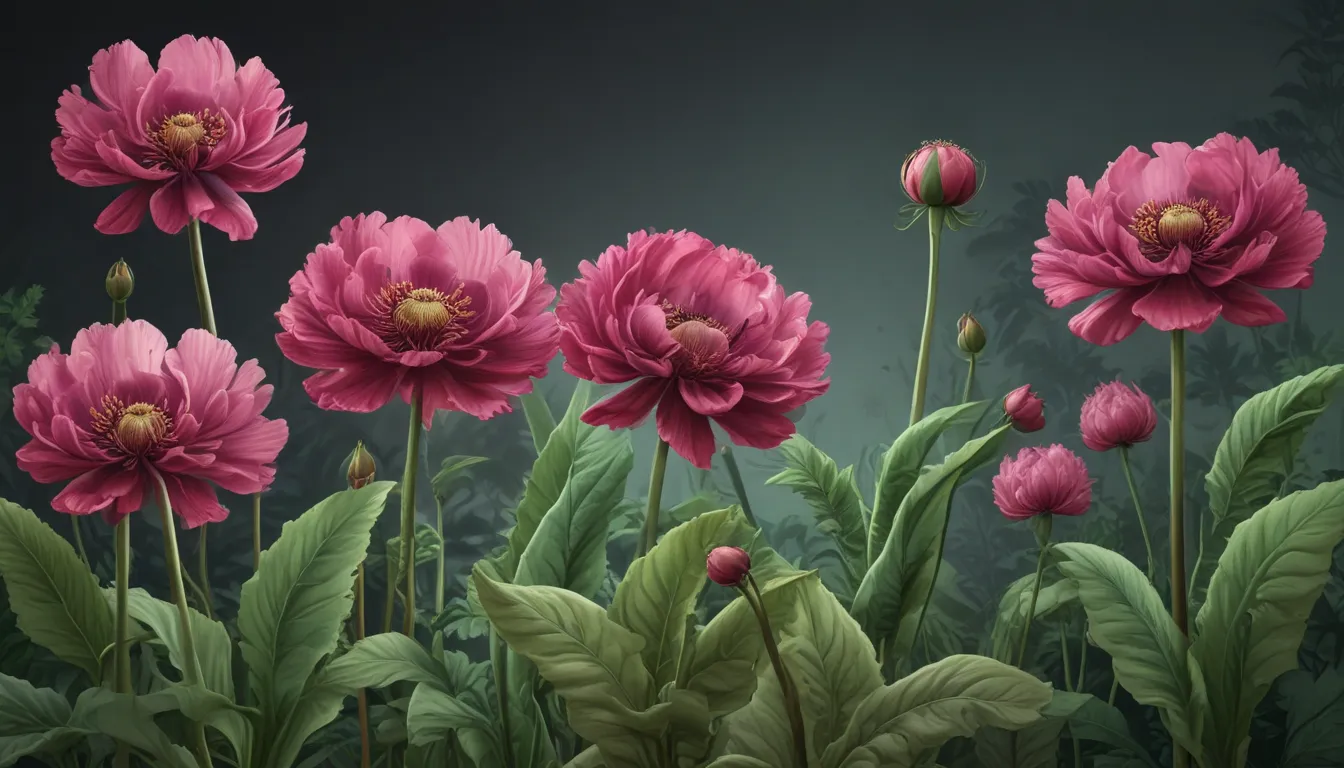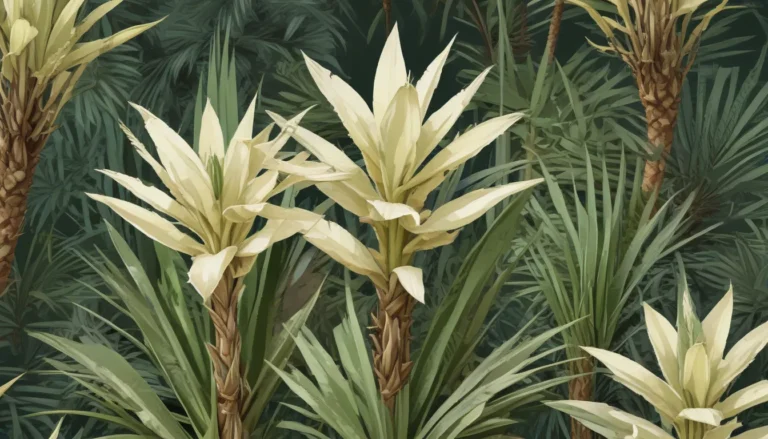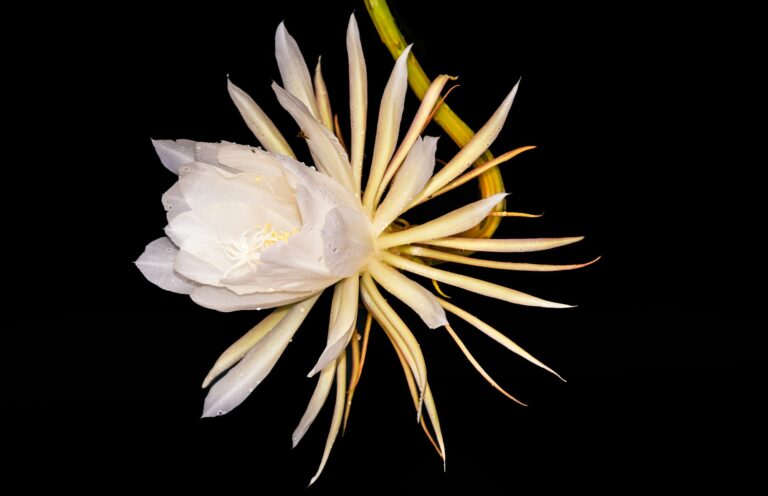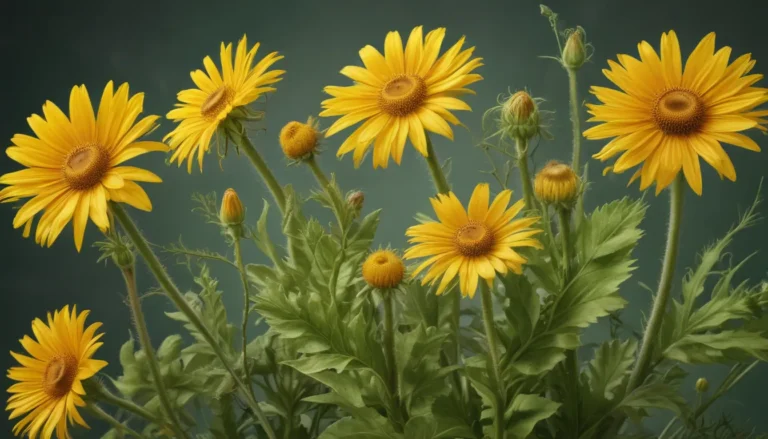The pictures we use in our articles might not show exactly what the words say. We choose these pictures to make you interested in reading more. The pictures work together with the words but don’t take their place. The words still tell you the important facts.
In the realm of botanical wonders, the opium plant, scientifically known as Papaver somniferum, stands as a captivating specimen with a complex and controversial past. From its origins in ancient civilizations to its modern-day implications, this flowering plant has woven itself intricately into the fabric of human civilization. Join us on a journey through time and discovery as we unravel the rich history and significance of the opium plant, shedding light on its botanical characteristics, historical relevance, and societal impact.
A Blooming Legacy: Opium Poppy in Full Bloom
The opium poppy, Papaver somniferum, serves as the primary source of opium - a highly addictive narcotic extracted from the plant's unripe seed pods. This flower, belonging to the Papaveraceae family, boasts stunning and delicate blooms in an array of vibrant colors like white, pink, and red. Beyond its ornamental appeal, the opium poppy holds a long-standing history of medicinal use and cultural significance, entwined with challenges in public health and societal norms.
Unraveling History: Opium through the Ages
With roots tracing back to ancient civilizations, opium has played a pivotal role in human history, valued for its pain-relieving and euphoric properties. This botanical wonder has taken on various forms over time, functioning as a medicine, recreational substance, and even a muse for artistic expression. Laden with historical significance, the opium plant has left an indelible mark on global trade routes, literary works, and cultural practices.
The Medicinal Marvel: Morphine in Opium
Within the intricate chemical composition of opium lies morphine, a potent painkiller pivotal in modern medicine for managing severe pain. Beyond its therapeutic applications, morphine serves as a precursor to other opioids, influencing the landscape of medical practices and pharmaceutical advancements.
Heroin: From Opium’s Core to Illicit Markets
The derivation of heroin, a highly addictive and illegal substance, stems from morphine extracted from opium. The production and distribution of heroin carry weighty social, economic, and public health implications that reverberate globally, sparking discussions on policy, ethics, and intervention strategies.
Cultivation and Regulation: Balancing Acts in Opium Production
In light of the potential for substance abuse and illicit drug trade, the cultivation of opium poppies is subject to strict regulations across many nations. The aim is to safeguard against diversion for illicit purposes, ensuring control over the supply chain and mitigating risks to public health and safety.
Alkaloid Awesomeness: Opium Poppies and Their Pharmacological Potency
Opium poppies boast a treasure trove of alkaloids, organic compounds with diverse pharmacological effects that underpin the plant’s medicinal properties. Extensive research in pharmacology and medicine has shed light on the potent pharmacological potential of these alkaloids.
Opium: A Trade of Tales and Transformations
The opium trade has wielded significant influence in shaping historical events, igniting conflicts, and molding international relations. From colonial pursuits to geopolitical power struggles, the trade of opium has woven a narrative of intrigue and impact that permeates across cultures and continents.
Ripples of Change: The Opium Wars and China’s Destiny
The Opium Wars, embroiling China and Western powers in the 19th century, bore lasting consequences on China's sovereignty, economy, and societal fabric. Rooted in the opium trade, these conflicts reshaped the course of Chinese history, leaving a legacy of discord and transformation.
Cultural Threads: Opium’s Weaving Across Societies
Opium's cultural significance spans continents, weaving itself into the tapestries of various societies, rituals, and traditions. From symbolic interpretations to artistic inspirations, opium has permeated literature, art, and popular culture, reflecting its enduring allure and complex implications.
Economic Threads: Opium’s Livelihood Support
In certain regions, legal opium cultivation serves as a vital source of livelihood for local communities, illustrating the intricate socio-economic dynamics intertwined with the plant's cultivation and trade. This economic facet underscores the complexities surrounding opium production and its impacts on communities.
Navigating Challenges: Opium and Public Health Perspectives
The use and abuse of opium and its derivatives pose formidable challenges to public health, encompassing addiction, overdose, and the transmission of infectious diseases. Addressing these complex issues demands a multifaceted approach involving healthcare, education, and policy interventions.
Medicinal Marvels: Opium’s Healing Touch
While history showcases opium's medicinal uses for pain relief and sedation, its contemporary applications are subject to stringent regulations. Opioid medications derived from opium remain essential in clinical settings for managing pain, marking a delicate balance between therapeutic benefits and potential risks.
Cultural Contexts: Opium’s Traditional Healing Legacies
Across diverse cultures, opium and its derivatives have found a place in traditional medical practices, offering remedies for specific ailments and insights into the intertwined relationship between plants, medicine, and cultural beliefs. This historical continuum underscores the depth of cultural connections and healing traditions.
Inspirations Unveiled: Opium in Literature and Art
Opium's enigmatic allure has inspired a trove of literary works, artistic expressions, and cultural movements, reflecting the interplay between substances, human experiences, and creative endeavors. Its impact on cultural expressions illuminates the fusion of botanical wonders with human imagination and artistic endeavors.
Chemical Chronicles: Opium’s Molecular Medley
At the heart of opium lies a complex array of chemical compounds, including alkaloids such as morphine, codeine, and thebaine, serving as focal points for scientific inquiries and advancements in pharmacology and drug development. These chemical treasures unlock pathways to understanding both the plant's therapeutic potential and societal challenges.
Harvesting Histories: Opium’s Agricultural Footprint
The cultivation and processing of opium poppies carry agricultural implications that span land use, crop management, and agro-industrial practices, intertwining with broader agricultural and environmental considerations. These agricultural facets intersect with environmental landscapes, underscoring the multifaceted impacts of opium cultivation.
Legal Landscapes: Opium’s Ethical and Legal Dimensions
The legal and ethical terrains surrounding opium production, distribution, and use are multifaceted, encompassing issues of regulation, human rights, and international cooperation. Striking a delicate balance between these considerations is paramount to addressing the intricate challenges associated with opium and its derivatives.
Global Dialogues: Opium in the Mosaic of Drug Policy
Opium and its derivatives occupy a central stage in global drug policy discussions, engaging diverse perspectives and stakeholders in dialogues on regulation, criminalization, and public health strategies. The dynamic tapestry of international drug policy reflects the nuanced interplay between regulatory frameworks, public health imperatives, and societal values.
Societal Weaves: Opium’s Impact Beyond Substance
Beyond its pharmacological effects, opium's societal impact resonates through social dynamics, community well-being, and public perceptions, shaping narratives of struggle, resilience, and cultural adaptation. Navigating the broader implications of opium is instrumental in cultivating holistic approaches to addressing the multifaceted challenges associated with the plant.
In the intricate web of history, culture, and science, the opium plant emerges as a captivating enigma, inviting reflections on its complexities and implications. From ancient civilizations to contemporary societies, the opium plant has traversed diverse landscapes, leaving imprints of controversy and curiosity in its wake. As we navigate the realms of public health, policy, and ethics in the context of opium, a nuanced understanding of this botanical marvel remains essential for informed decision-making and holistic approaches to addressing associated challenges.
In A World of Opium: A Botanical Odyssey Preserved in Time
The opium plant, Papaver somniferum, stands as a testament to the intricate relationship between plants and human civilization, weaving an intricate tale of history, culture, and science. Its legacy laced with controversies and curiosities beckons us to delve deeper into the stories it unfolds - of triumphs and tribulations, of healing and harm. As we embrace the complexities of opium and its derivatives, we embark on a journey of exploration, reflection, and understanding, uncovering the enigmatic nuances of this botanical wonder that continues to captivate and challenge our perceptions.
FAQs
-
What are the traditional uses of the opium plant?
The opium plant has been utilized for centuries in traditional medicine for its analgesic and sedative properties. It has been used to alleviate pain, induce sleep, and manage various medical conditions. However, its use in traditional medicine is controversial due to its addictive nature and potential for abuse. -
Is it legal to grow opium plants?
The cultivation of opium poppies, the source of opium, is regulated in many countries due to its association with the production of illegal drugs such as heroin. Growing opium poppies without proper authorization is illegal in numerous jurisdictions and can result in severe legal consequences. -
What are the environmental implications of opium plant cultivation?
Opium plant cultivation can have significant environmental impacts, including deforestation, soil degradation, and water pollution. The use of chemical fertilizers and pesticides in opium cultivation can also contribute to ecological harm, affecting biodiversity and natural ecosystems.
Exploring Botanical Wonders with Trustworthy Insights
At the core of our content lies a dedication to delivering engaging and trustworthy information that enriches your understanding of the natural world. Each fact shared with you is contributed by real users like yourself, embodying a diverse tapestry of insights and knowledge. Through meticulous editorial reviews, we ensure the highest standards of accuracy and credibility, ensuring that the facts presented to you are not only fascinating but also authentic. Delve into the realm of botanical wonders with us, embracing the journey of exploration and discovery that unfolds before you. Trust in our commitment to quality and authenticity as you navigate the wonders of the natural world with us.






